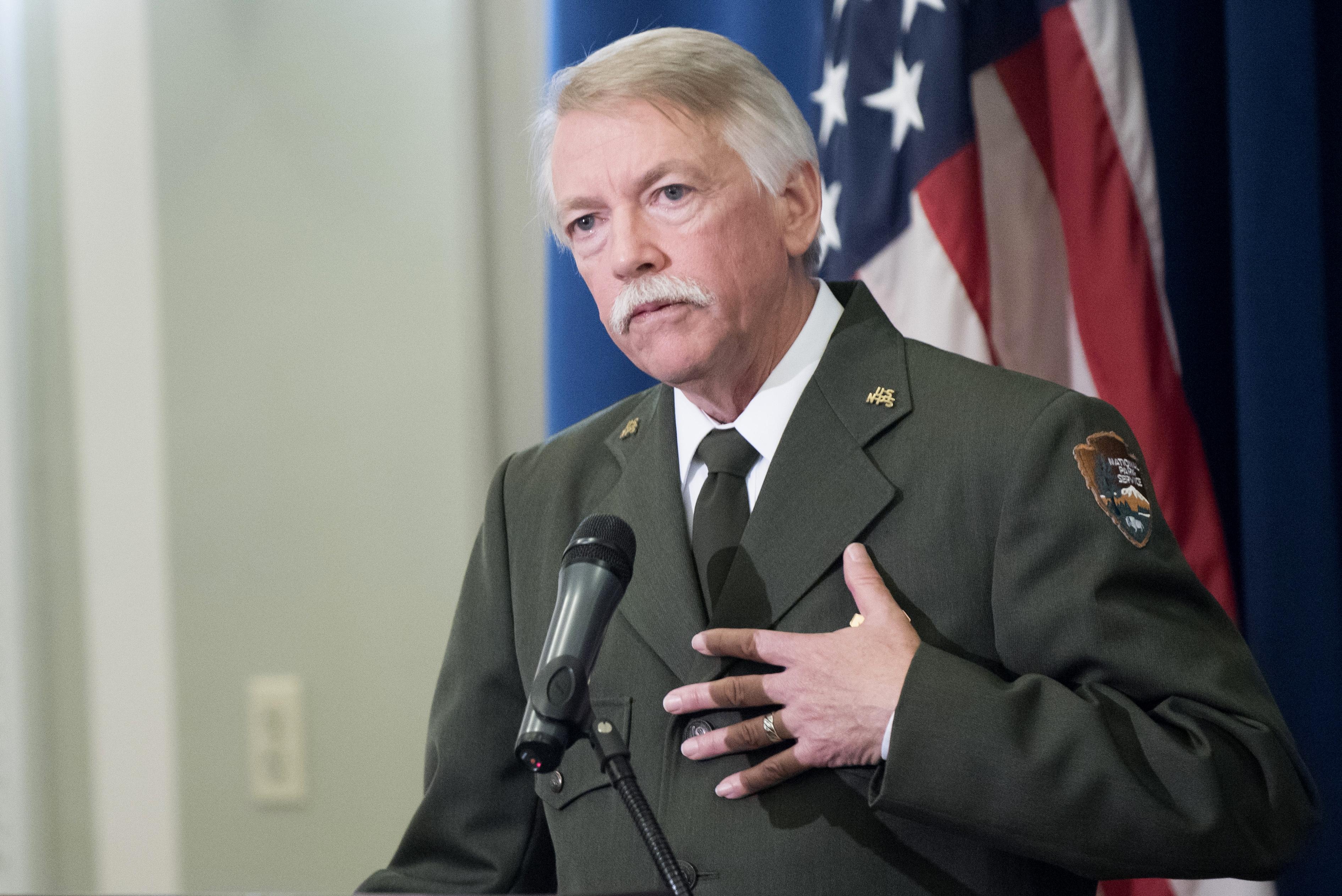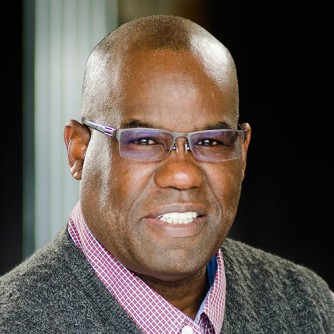
Editor's Note: This story is part of a long term reporting project from CPR News that explores how climate change is affecting Colorado, what's being done to address those changes and more.
The National Park Service is 100 years old this month, and it faces some real challenges: money, maintenance and how to attract more diverse visitors. In June, President Obama visited Yosemite to say a bigger issue looms.
"The biggest challenge we're gonna face in protecting this place and places like it is climate change," President Obama said. "Make no mistake, climate change is no longer just a threat. It's already reality. Here in Yosemite, meadows are drying up; bird ranges are shifting farther northward; alpine mammals like pikas are being forced further up slope to escape higher temperatures."
Here in Colorado, wildfires pose a threat to the Cliff Dwellings at Mesa Verde and warming lakes in Rocky Mountain National Park may kill off aquatic life. Jonathan Jarvis, the Director of the National Park Service, spoke with Colorado Matters host Ryan Warner.
On how climate change will change how the National Parks are managed:
"So for our first 100 years, the basic concept upon which National Parks are managed is that you let nature run its course. You put back all the pieces that perhaps have been eliminated, like wolves back into Yellowstone or certain species of fish that may have been extirpated at some point. And you restore natural processes, like fire.
"You bring fire back into fire dependent systems and if you save all the parts; the working assumption is that you have the closest thing to a natural system as possible. But now that we know that climate change is human-caused and it is affecting that system, that upsets that basic framework upon which parks have been managed."
On what this means for the future of park management:
"Well, it's not that you can't let nature take its course, it's more that we now have to recognize that the park is on a different course and it is being changed as a result of this human factor. We still want to take a very precautionary approach to that and not get in and do, you know, significant manipulation.
"But it may mean that now recognizing glaciers are disappearing from Glacier National Park, and that means that downstream waters may be warmer and different species of fish begin to come in. We have to be willing to sort of accept that rather than, you know, resist it, which was sort of where our policies would be now."
On linking parks to allow wildlife to more safely migrate to different areas of protection:
"We're already doing that. I mean, I think one of the best examples in the United States is up in the sort of Front Range of the Rockies, sort of north to Glacier. And already after twenty, twenty-five years of very collaborative work with ranchers and foresters and the ag community and others, there are ways now that wolves and grizzly bears and other species can move across those landscapes, in spite of the fact that many of them are still privately-owned and being used for cattle grazing and others. This is how, I think, we're going to really help sustain and help wildlife deal with climate change."









